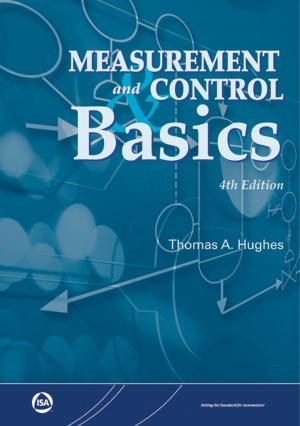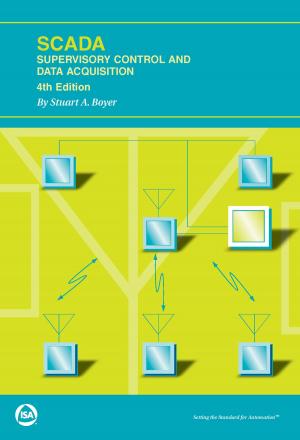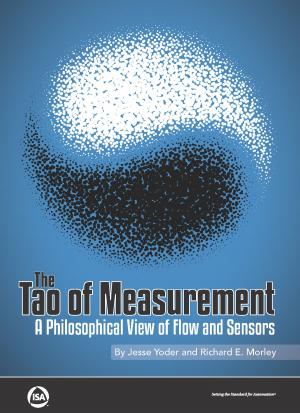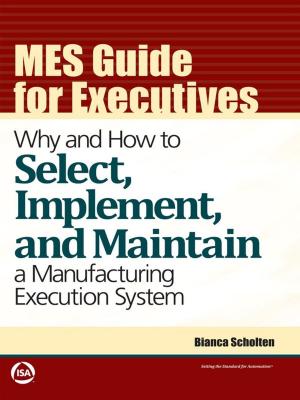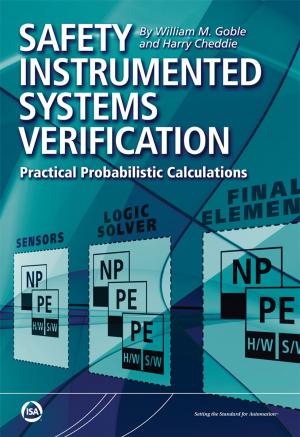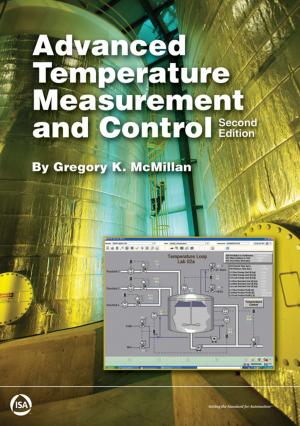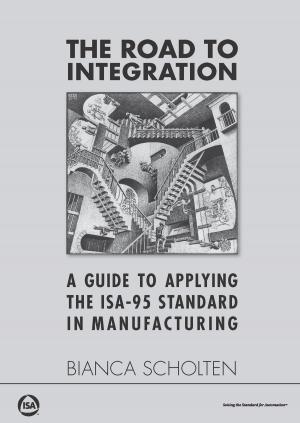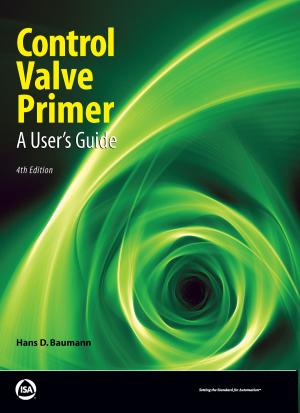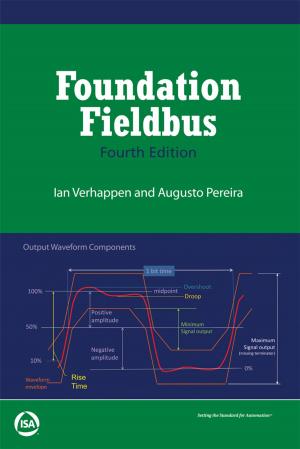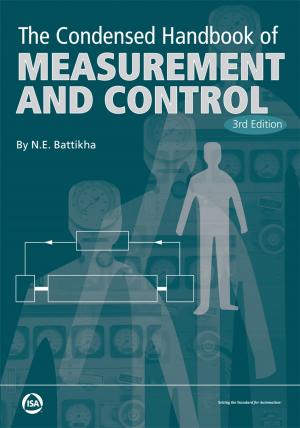Advanced Control Foundation: Tools, Techniques and Applications
Nonfiction, Science & Nature, Technology, Automation| Author: | Terrence Blevins | ISBN: | 9780876640289 |
| Publisher: | International Society of Automation | Publication: | August 17, 2012 |
| Imprint: | International Society of Automation | Language: | English |
| Author: | Terrence Blevins |
| ISBN: | 9780876640289 |
| Publisher: | International Society of Automation |
| Publication: | August 17, 2012 |
| Imprint: | International Society of Automation |
| Language: | English |
In this book, the authors address the concepts and terminology that are needed to apply advanced control techniques in the process industry. The book is written for the process or control engineer that is familiar with traditional control but has little or no experience in designing, installing, commissioning and maintaining advanced control applications. Each chapter of the book is structured to allow a person to quickly understand the technology and how it is applied. Application examples are used to show what is required to address an application. Also, a section of each chapter is dedicated to a more in-depth discussion of the technology for the reader that is interested in understanding the mathematical basis for the technology. A workshop is provided at the end of each chapter that explores the technology. The reader may view the workshop solution by going to the web site that accompanies the book.
The book provides comprehensive coverage of the major advanced control techniques that are most commonly used in the process industry. This includes tools for monitoring control system performance, on-demand and adaptive tuning techniques, model predictive control, LP optimization, data analytics for batch and continuous processes, fuzzy logic control, neural networks and advancements in PID to use with wireless measurements. Since many readers may work with an existing DCS that does not support advanced control, a chapter of the book is dedicated to tools and techniques that the authors have found useful in integrating advanced control tools into an existing control system. Also, one chapter of the book addresses how dynamic process simulations may be easily created in a DCS to support checkout and operator training on the use of advanced control.
The book provides comprehensive coverage of the major advanced control techniques that are most commonly used in the process industry. This includes tools for monitoring control system performance, on-demand and adaptive tuning techniques, model predictive control, LP optimization, data analytics for batch and continuous processes, fuzzy logic control, neural networks and advancements in PID to use with wireless measurements. Since many readers may work with an existing DCS that does not support advanced control, a chapter of the book is dedicated to tools and techniques that the authors have found useful in integrating advanced control tools into an existing control system. Also, one chapter of the book addresses how dynamic process simulations may be easily created in a DCS to support checkout and operator training on the use of advanced control.
In this book, the authors address the concepts and terminology that are needed to apply advanced control techniques in the process industry. The book is written for the process or control engineer that is familiar with traditional control but has little or no experience in designing, installing, commissioning and maintaining advanced control applications. Each chapter of the book is structured to allow a person to quickly understand the technology and how it is applied. Application examples are used to show what is required to address an application. Also, a section of each chapter is dedicated to a more in-depth discussion of the technology for the reader that is interested in understanding the mathematical basis for the technology. A workshop is provided at the end of each chapter that explores the technology. The reader may view the workshop solution by going to the web site that accompanies the book.
The book provides comprehensive coverage of the major advanced control techniques that are most commonly used in the process industry. This includes tools for monitoring control system performance, on-demand and adaptive tuning techniques, model predictive control, LP optimization, data analytics for batch and continuous processes, fuzzy logic control, neural networks and advancements in PID to use with wireless measurements. Since many readers may work with an existing DCS that does not support advanced control, a chapter of the book is dedicated to tools and techniques that the authors have found useful in integrating advanced control tools into an existing control system. Also, one chapter of the book addresses how dynamic process simulations may be easily created in a DCS to support checkout and operator training on the use of advanced control.
The book provides comprehensive coverage of the major advanced control techniques that are most commonly used in the process industry. This includes tools for monitoring control system performance, on-demand and adaptive tuning techniques, model predictive control, LP optimization, data analytics for batch and continuous processes, fuzzy logic control, neural networks and advancements in PID to use with wireless measurements. Since many readers may work with an existing DCS that does not support advanced control, a chapter of the book is dedicated to tools and techniques that the authors have found useful in integrating advanced control tools into an existing control system. Also, one chapter of the book addresses how dynamic process simulations may be easily created in a DCS to support checkout and operator training on the use of advanced control.


